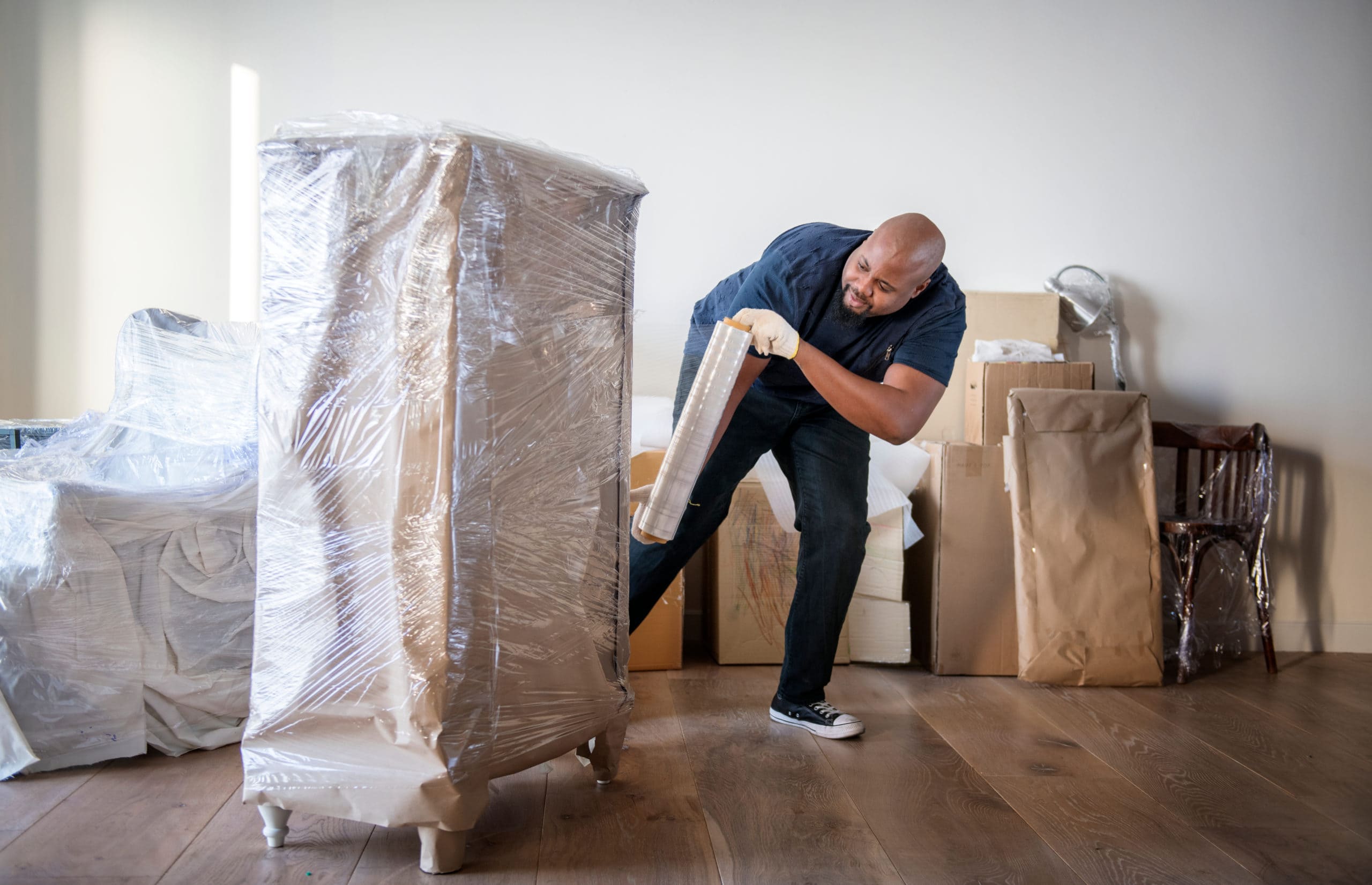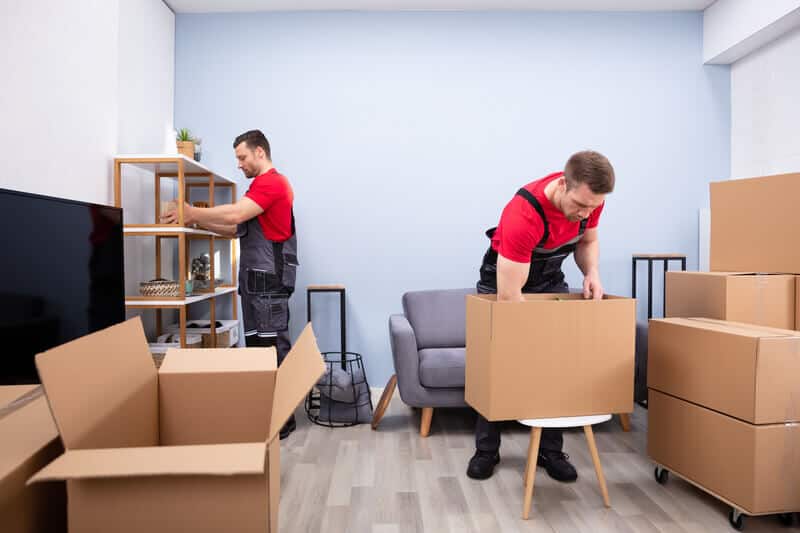How to Protect Your Furniture When Moving

One of the toughest elements of relocating to a new residence may be the challenge of effectively protecting your furnishings throughout the transfer. Make sure your treasured belongings arrive to your new home in the same condition they left in. Let’s examine the procedures and equipment needed to safeguard your furniture during a move.
What Supplies Do You Need to Protect Furniture For Relocation?
Obtaining the appropriate materials to protect your property from harm is crucial before starting the moving process. A variety of protective materials are required. These components serve as the initial line of defense against dents, scratches, and other types of damage during transit.
In order to protect your furniture throughout your move, you will need to gather the following supplies:
- Moving blankets. These trustworthy covers protect your furniture during shipping by serving as a solid barrier against any harm.
- Bouncy Wrap. Bubble wrap serves as an additional layer of impact protection because it is a traditional and effective cushion.
- Paper for packing. To avoid surface abrasions and scratches during handling and transportation, put your things with packing paper.
- Padded accessories. These dependable friends are made to withstand shocks and collisions, lowering the possibility of dents and dings.
- Stretchable plastic wrap. This flexible, multipurpose wrap completely encloses your furniture, shielding it from any threats while traveling.
Collectively, these supplies form the crucial initial line of defense, ensuring your furniture remains unscathed and potential damages as they make their way to your new home.
How to Prepare Furniture for Further Packing
Proper preparation stands as a pivotal factor in ensuring your furniture remains unharmed during the transition. Commence this critical phase by carefully removing any components that are vulnerable to damage, such as loose drawers, detachable legs, and delicate glass tabletops. Safely store these parts in well-marked bags or boxes, maintaining their integrity until reassembly is in order.

Following disassembly, turn your attention to a meticulous cleaning regimen. Beyond the visible surfaces, meticulously eliminate accumulated dust and dirt from every corner and crevice. This step is paramount as overlooked debris could lead to scratches and abrasions as your furniture is transported. By methodically addressing these aspects, you lay the groundwork for a smooth move, ensuring your furniture arrives at its new destination in its best possible condition.
Should You Shrink-Wrap Your Furniture for Relocation?
Your furniture may be effectively given additional protection by being shrink-wrapped. It stops your components from coming into touch with moisture, dust, or dirt. Striking a balance between security and possible downsides, such as improper installation potentially trapping moisture inside, is crucial.
Use these steps to shrink-wrap your furniture:
- Disassemble bigger pieces of furniture wherever possible to make packaging simpler and more efficient.
- To start, wrap each piece individually in furniture protectors or moving blankets. This provides a first layer of padding.
- Use bubble wrap instead before applying shrink wrap to fragile surfaces like glass or mirrors. This provides an additional layer of padding.
Now you can carefully wrap the entire piece with plastic stretch wrap. Start from the bottom and work your way up, ensuring a snug fit without excessive tension.
Does Plastic Wrap Actually Damage Wood Furniture?
The application of plastic stretch wrap to wood furniture is a safe and effective protective measure, given that it is executed with proper care and attention.
The key lies in finding the delicate balance between adequate protection and potential drawbacks. It’s imperative to exercise caution against over-enthusiastic wrapping, which could inadvertently lead to a tight embrace that entraps moisture. This moisture entrapment has the potential to cause gradual damage over time, as wood reacts sensitively to changes in its moisture content.
Introduce a thoughtful barrier between the plastic stretch wrap and the wood surface to navigate these potential pitfalls. This is where moving blankets or padding comes to the fore. By interposing these soft and safeguarding layers, you create a protective shield that mitigates the risk of any possible adverse effects.
This approach not only guards against moisture entrapment but also minimizes any chance of abrasion or unintended chemical interactions between the plastic and wood. In essence, while plastic stretch wrap can be a valuable ally in preserving your wood furniture’s condition, its careful orchestration, along with the strategic deployment of supplementary safeguards, truly ensures a favorable outcome.
How to Pack Furniture Inside a Truck?
Efficiently packing the moving truck is a skill that can greatly impact the safety of your furniture during transit. Place the largest and heaviest items at the bottom, ensuring a stable base. Load furniture organized, filling gaps with soft items like cushions or pillows to prevent shifting during transport.
Packing furniture in a truck is a rather challenging process. Luckily, Paradise Moving experts can help you with this one ‒ we will safely disassemble your furniture, load it thoughtfully inside the truck, and help you assemble it after the relocation.
Preserve Your Furniture For the Relocation Process
Be careful when moving your furnishings during the real process. In order to reduce the possibility of scratches or dents, use suitable lifting techniques and think about employing furniture sliders or dollies. To stop objects from moving while being transported, tie-downs or bungee cords can be used to hold them within the vehicle. Professional movers typically have this sort of equipment, and Paradise Moving can assist you in finding them.

Planning and paying close attention to detail are necessary while moving furniture. You may lower the likelihood of damage occurring during the moving process by using the appropriate supplies, appropriately preparing your furniture, and taking precautionary precautions. Keep in mind that taking the time and care to protect your furniture will pay off when you see the beautiful state in which your items arrive at your new home.
How useful was this post?
Click on a star to rate it!
Average rating 0 / 5. Vote count: 0
No votes so far! Be the first to rate this post.





